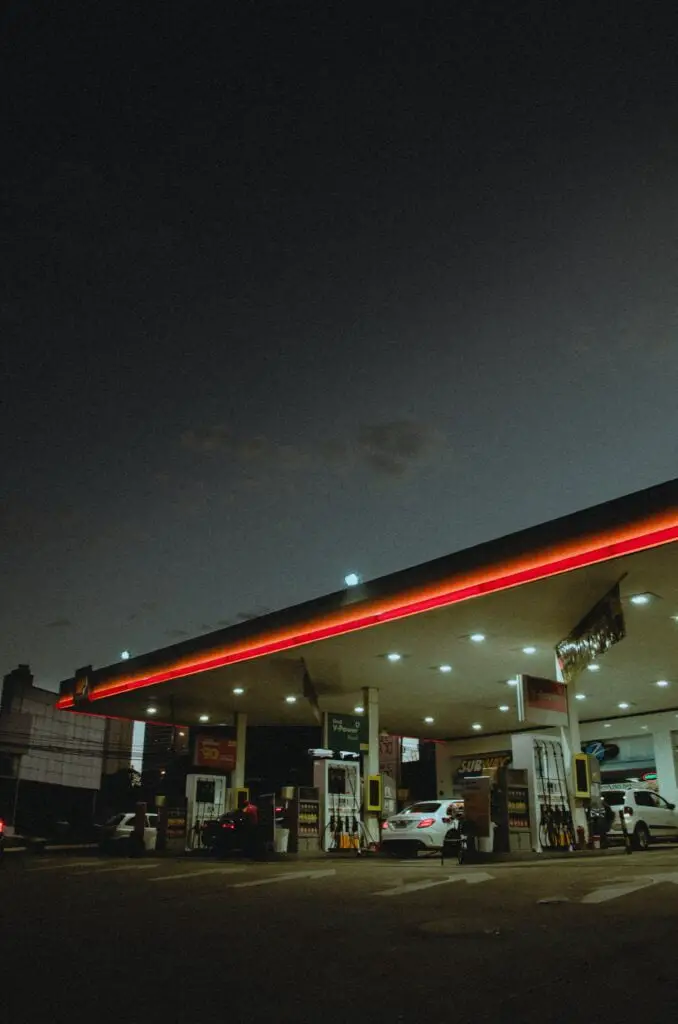Building a gas station is a complex project that requires careful planning, attention to detail, and a thorough understanding of the industry.
From selecting the right location to obtaining permits, designing the layout, and installing equipment, every step of the process is critical to the success of your gas station. In this article, we’ll provide you with a comprehensive guide to building a gas station that will help ensure your construction project is a success.
Step 1: Choose the Right Location
Selecting the right location is crucial for your gas station’s success. Look for a site that is easily accessible, visible, and has high traffic volume. Conduct market research to understand the demand for gas in the area and identify potential locations that meet your criteria. Work with a site surveyor to ensure the site is suitable for construction, including analyzing the soil quality, assessing the potential for contamination, and conducting a traffic study.
Step 2: Obtain Permits and Approvals
Before construction can begin, you’ll need to obtain the necessary permits and approvals from local regulatory authorities. This may include zoning permits, environmental permits, building permits, and fire department approvals. Work with your architect and contractor to ensure all the necessary paperwork is completed and submitted on time.
Step 3: Design the Layout
Design the layout of your gas station, including the number of pumps, size of the convenience store, and placement of other amenities such as car washes or snack bars. Work with an experienced architect or designer to optimize the layout for traffic flow, customer convenience, and safety.
Consider also the type of fueling systems you want to use for your gas station. Nowadays, gas stations have a variety of fuel types to choose from including gasoline, diesel, E85, and electric charging systems. You can cater to the demand of your local customers and future-proof your business by offering eco-friendly options like electric charging systems or biofuels.

Step 4: Install Equipment
Install the equipment necessary to operate the gas station, such as gas pumps, fuel storage tanks, point-of-sale systems, and security systems. Work with a reputable equipment supplier to ensure all components are installed correctly and meet local safety regulations.
In terms of fuel storage tanks, ensure that they are designed and installed according to the environmental regulations and codes of your locality. You need to ensure that they are leak-proof and provide secondary containment for any potential leaks to avoid environmental pollution.
Step 5: Market the Gas Station
Marketing is crucial in attracting potential customers to your gas station. Utilize various marketing channels such as local newspapers, radio stations, social media, and other online marketing strategies. Work with a marketing expert to develop a strategy tailored to your target audience and budget.
Additionally, you can offer promotions, loyalty programs, and other incentives to encourage repeat customers. Creating a clean and inviting store, stocking quality products, and offering exceptional customer service can also help you retain customers and build a positive reputation in the community.
Building a gas station is a significant investment, but careful planning and execution can lead to a profitable business. By following the steps outlined in this article, you can ensure your gas station construction project is a success. Remember to prioritize safety and regulatory compliance, understand your customers’ needs, and offer quality service and products to establish a loyal customer base.
To see other material construction prices, please see here.
To know other construction guides, tips, and methodology for beginners, veterans, and contractors, please see here.

